Key Takeaways:
- The Tonduz’s night blooming cactus is native to Central America, primarily found in the tropical rainforests of Costa Rica and Panama.
- This cactus is a climbing species that can grow up to 10 meters in height, with long, slender stems covered in spines.
- The cactus is known for its large, white, fragrant flowers that bloom only at night and close during the day.
- It holds cultural significance in the regions where it is found, often associated with folklore and believed to bring good luck and protection.
- The cactus thrives in well-draining soil that is rich in organic matter and prefers bright, indirect light.
- Watering practices should mimic the natural rainfall patterns of its native habitat, allowing the soil to dry out slightly between waterings.
- It can be propagated from stem cuttings and is generally not prone to serious pest infestations.
- The cactus faces threats to its survival in the wild due to habitat loss and illegal collection, but efforts are being made to conserve it and its natural habitat.
- It has a history of use in traditional medicine in Central America, with potential antioxidant and anti-inflammatory properties.
- The cactus can be a stunning addition to tropical or desert-themed landscapes and can also be grown indoors as a decorative plant.
- Researchers have discovered that the flowers of this cactus emit a scent that is attractive to bats, highlighting the intricate relationships between plants and their animal pollinators.
Unveiling the Weberocereus tonduzii: An Introduction
Native Habitat and Distribution

Weberocereus tonduzii, also known as the Tonduz’s night blooming cactus, or Ballerina Flower, is a species of Weberocerus cacti genus that is native to Central America. It is primarily found in the tropical rainforests of Costa Rica and Panama.
This cactus thrives in the warm and humid climates of these regions, where it can be seen growing on trees or rocks.
Defining Characteristics
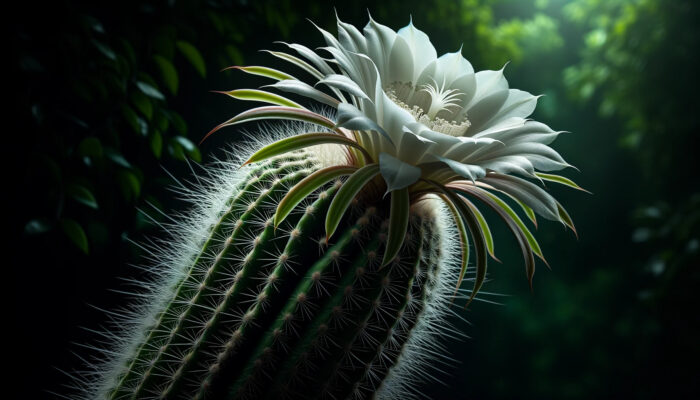
Weberocereus tonduzii is a climbing cactus that can grow up to 10 meters in height. It has long, slender stems that are covered in spines. The stems are typically green in color and have a cylindrical shape. The flowers of Weberocereus tonduzii are the highlight of this cactus.
They are large, white, and fragrant, blooming only at night and closing during the day.
Common Names and Synonyms
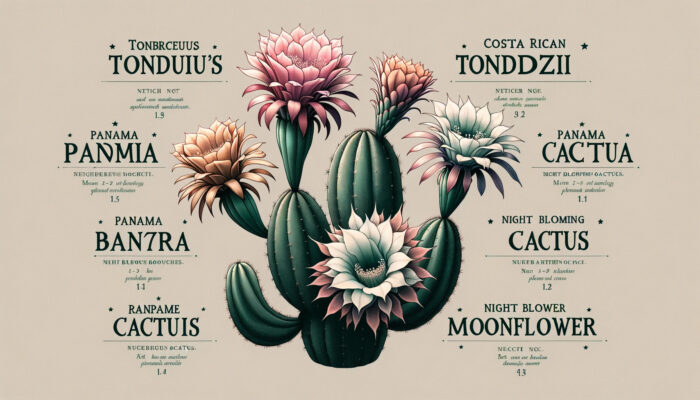
Aside from its scientific name, Weberocereus tonduzii is known by several common names, including Tonduz’s night blooming cactus, Costa Rican night blooming cactus, and Ballerina cactus. It is also sometimes referred to as the moonflower cactus or the night-blooming cereus.
Significance in Local Cultures

Weberocereus tonduzii holds cultural significance in the regions where it is found. In Costa Rica, this cactus is often associated with folklore and is believed to bring good luck and protection. The flowers are sometimes used in traditional ceremonies and celebrations. In Panama, the cactus is also considered a symbol of beauty and resilience.
Botanical Description of Weberocereus tonduzii
Plant Structure and Size

Weberocereus tonduzii is a climbing cactus with long, flexible stems that can reach impressive heights. The stems are typically cylindrical in shape and can grow up to 10 meters in length. The stems are covered in spines, which serve as a defense mechanism against herbivores.
Flower Form and Color
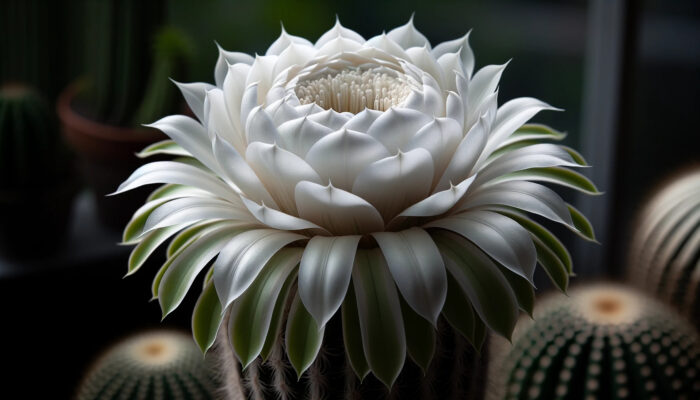
The flowers of Weberocereus tonduzii are the main attraction of this cactus. They are large, white, and highly fragrant. The flowers have a funnel-shaped form, with numerous petals radiating from a central tube. The white color of the flowers contrasts beautifully against the green stems of the cactus.
Fruit and Seed Characteristics
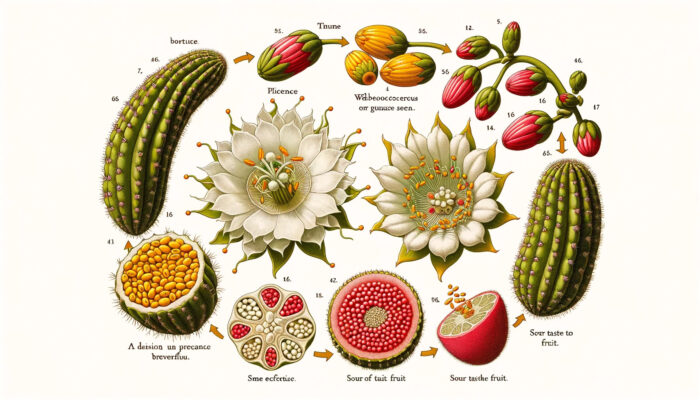
After the flowers of Weberocereus tonduzii are pollinated, they develop into small, round fruits. These fruits are typically red or orange in color and contain numerous small seeds. The fruits are edible, but they are not commonly consumed due to their sour taste.
Unique Features

One unique feature of Weberocereus tonduzii is its nocturnal blooming habit. The flowers of this cactus open at night and close during the day. This adaptation allows the flowers to attract pollinators such as moths and bats, which are more active during the night.
How to Cultivate Weberocereus tonduzii Successfully
Optimal Soil Conditions

Weberocereus tonduzii thrives in well-draining soil that is rich in organic matter. A mixture of sandy soil, perlite, and peat moss can provide the ideal growing medium for this cactus. It is important to ensure that the soil does not become waterlogged, as this can lead to root rot.
Light and Temperature Requirements

This cactus prefers bright, indirect light. It can tolerate some direct sunlight, especially in the morning or late afternoon, but it should be protected from intense midday sun. In terms of temperature, Weberocereus tonduzii prefers warm conditions, with temperatures ranging from 70°F to 85°F (21°C to 29°C).
Watering Practices

Watering practices for Weberocereus tonduzii should mimic the natural rainfall patterns of its native habitat. It is important to allow the soil to dry out slightly between waterings, as overwatering can lead to root rot. During the active growing season, watering once every 1-2 weeks is usually sufficient.
Propagation Techniques
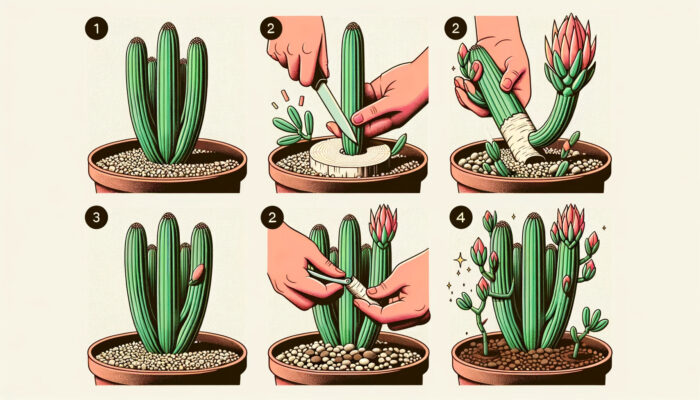
Weberocereus tonduzii can be propagated from stem cuttings. To propagate this cactus, select a healthy stem and cut it into sections of about 6-8 inches in length. Allow the cuttings to dry for a few days to form a callus, then plant them in a well-draining soil mixture. Keep the soil slightly moist until new growth appears.
Common Issues in Growing Weberocereus tonduzii
Pest Problems and Solutions
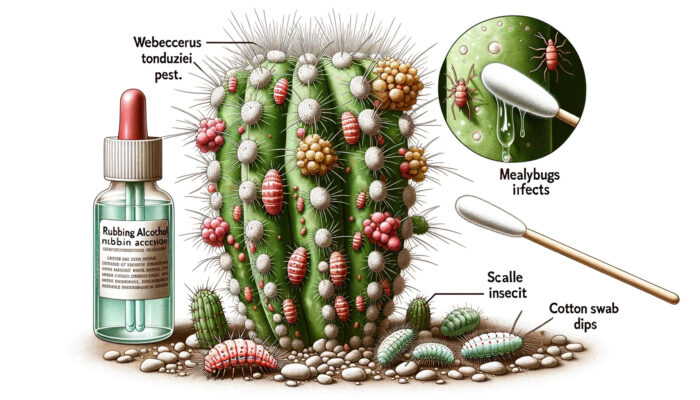
Weberocereus tonduzii is generally not prone to serious pest infestations. However, it may occasionally attract common cactus pests such as mealybugs or scale insects. These pests can be controlled by manually removing them with a cotton swab dipped in rubbing alcohol or by using a mild insecticidal soap.
Disease Challenges and Treatments

One common disease that can affect Weberocereus tonduzii is root rot, which is caused by overwatering or poorly draining soil. To prevent root rot, it is important to allow the soil to dry out between waterings and to ensure that the pot has drainage holes. If root rot occurs, it may be necessary to cut away the affected roots and repot the cactus in fresh soil.
Overcoming Environmental Stress

Weberocereus tonduzii can tolerate some environmental stress, but prolonged exposure to extreme temperatures or excessive sunlight can cause damage to the cactus. To protect the cactus from these stressors, it is recommended to provide shade during the hottest part of the day and to bring the cactus indoors during periods of extreme cold.
Addressing Nutrient Deficiencies
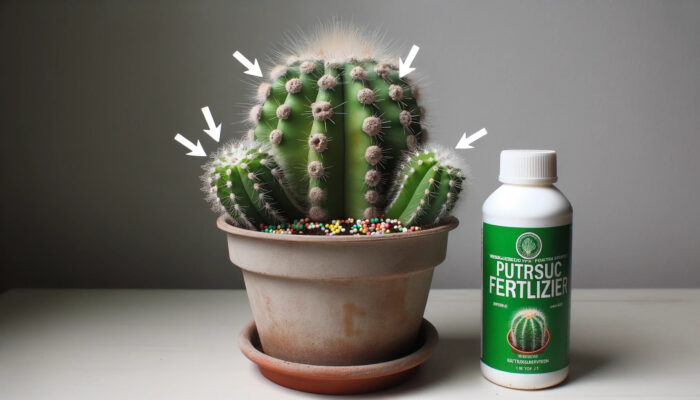
If Weberocereus tonduzii shows signs of nutrient deficiencies, such as yellowing or stunted growth, it may benefit from fertilization. A balanced, water-soluble fertilizer formulated for cacti and succulents can help provide the necessary nutrients. It is important to follow the instructions on the fertilizer package and to avoid overfertilizing, as this can damage the roots.
Conservation Status of Weberocereus tonduzii
Threats and Challenges

Weberocereus tonduzii faces several threats to its survival in the wild. Habitat loss due to deforestation and urbanization is a significant challenge for this cactus. Additionally, illegal collection for the horticultural trade poses a threat to wild populations.
Conservation Efforts and Successes

Efforts are being made to conserve Weberocereus tonduzii and its natural habitat. Protected areas have been established to preserve the rainforests where this cactus is found. Conservation organizations are also working to raise awareness about the importance of preserving biodiversity and the need to protect endangered species like Weberocereus tonduzii.
Role of Botanical Gardens and Nurseries

Botanical gardens and nurseries play a crucial role in the conservation of Weberocereus tonduzii. These institutions often cultivate and propagate endangered plant species, including this cactus, to ensure their survival. They also educate the public about the importance of conserving rare and threatened plants.
How to Support Conservation

Individuals can support the conservation of Weberocereus tonduzii by avoiding the illegal collection or purchase of wild specimens. Instead, they can choose to grow this cactus from nursery-bred plants or support botanical gardens that participate in conservation efforts. Raising awareness about the importance of biodiversity conservation is also essential.
Medicinal and Therapeutic Uses of Weberocereus tonduzii
Historical Uses in Traditional Medicine

Weberocereus tonduzii has a history of use in traditional medicine in Central America. The stems and flowers of this cactus have been used to treat various ailments, including digestive issues and skin conditions. It has also been used as a natural remedy for pain relief and inflammation.
Modern Research and Findings
Scientific research on the medicinal properties of Weberocereus tonduzii is limited. However, preliminary studies have shown that this cactus contains compounds with potential antioxidant and anti-inflammatory properties. Further research is needed to explore its therapeutic potential and to understand its active constituents.
Precautions and Side Effects

While Weberocereus tonduzii has been used in traditional medicine, it is important to exercise caution when using any plant for medicinal purposes. There may be potential side effects or interactions with other medications. It is recommended to consult with a healthcare professional before using this cactus for medicinal purposes.
Future Prospects

The potential medicinal properties of Weberocereus tonduzii are an area of interest for future research. As scientists continue to explore the chemical composition and therapeutic potential of this cactus, it may contribute to the development of new natural remedies or pharmaceutical drugs.
Decorative Applications of Weberocereus tonduzii
Landscaping with Weberocereus tonduzii
Weberocereus tonduzii can be a stunning addition to tropical or desert-themed landscapes. Its tall, climbing stems can be trained to grow on trellises or arbors, creating a unique vertical element in the garden. The large white flowers provide a striking contrast against the green foliage.
Indoor Display Ideas
Weberocereus tonduzii can also be grown indoors as a decorative plant. It can be placed near a sunny window or under grow lights to provide the necessary light conditions. The cactus can be grown in a large container or hanging basket, allowing the stems to cascade down and create an eye-catching display.
Creating a Miniature Desert Garden
For those who enjoy creating miniature gardens, Weberocereus tonduzii can be a perfect addition to a desert-themed arrangement. It can be combined with other small cacti and succulents, as well as decorative rocks and sand, to create a miniature desert landscape in a container.
Pairing with Other Plants
Weberocereus tonduzii can be paired with a variety of other plants to create visually appealing combinations. It can be planted alongside other climbing cacti or trailing succulents to create a lush and dynamic display. It can also be combined with flowering plants that complement the white flowers of the cactus.
https://www.youtube.com/watch?v=f1Prou9Td68
Interesting Facts and Trivia about Weberocereus tonduzii
Record-Breaking Specimens
Weberocereus tonduzii is known for its impressive size, with some specimens reaching heights of up to 10 meters. These towering cacti can create a dramatic and awe-inspiring sight in their natural habitat.
Surprising Discoveries
In recent years, researchers have discovered that the flowers of Weberocereus tonduzii emit a scent that is attractive to bats. This scent is similar to the scent produced by certain fruits that bats feed on. This finding highlights the intricate relationships between plants and their animal pollinators.
Myths and Legends
In Costa Rica, Weberocereus tonduzii is sometimes associated with mythical creatures known as chonchos. According to local legends, these creatures are said to guard the cactus and bring good fortune to those who encounter them.
Pop Culture References
Weberocereus tonduzii has made appearances in popular culture, particularly in literature and art. It has been featured in botanical illustrations and has inspired artists with its unique beauty. It is also occasionally mentioned in works of fiction that depict tropical or exotic settings.
FAQ
Question: Where is Weberocereus tonduzii native to?
Answer: Weberocereus tonduzii is native to Central America, primarily found in the tropical rainforests of Costa Rica and Panama.
Question: What are the flowers of Weberocereus tonduzii like?
Answer: The flowers of Weberocereus tonduzii are large, white, and highly fragrant. They have a funnel-shaped form, with numerous petals radiating from a central tube.
Question: What are some common names for Weberocereus tonduzii?
Answer: Weberocereus tonduzii is also known as Tonduz’s night blooming cactus, Costa Rican night blooming cactus, Panama night blooming cactus, moonflower cactus, or night-blooming cereus.
Question: What is the cultural significance of Weberocereus tonduzii?
Answer: Weberocereus tonduzii is associated with folklore and believed to bring good luck and protection in Costa Rica. In Panama, it is considered a symbol of beauty and resilience.
Question: How tall can Weberocereus tonduzii grow?
Answer: Weberocereus tonduzii can grow up to 10 meters in height.
Question: How often should Weberocereus tonduzii be watered?
Answer: Weberocereus tonduzii should be watered once every 1-2 weeks, allowing the soil to dry out slightly between waterings.
Question: How can Weberocereus tonduzii be propagated?
Answer: Weberocereus tonduzii can be propagated from stem cuttings. Cuttings should be allowed to dry for a few days before planting in well-draining soil.
Question: What are the threats to the survival of Weberocereus tonduzii?
Answer: Habitat loss due to deforestation and illegal collection for the horticultural trade are threats to the survival of Weberocereus tonduzii.
Question: Are there any known medicinal uses for Weberocereus tonduzii?
Answer: Weberocereus tonduzii has a history of use in traditional medicine for various ailments, but scientific research on its medicinal properties is limited.
Bob Reidmuller
Enthralled by the resilient beauty of arid ecosystems, Bob is an author, botanist, and fervent advocate for succulents and cactuses. His book, "Succulents: Choosing, Growing, and Caring for Cactuses," has become a cherished guide for enthusiasts navigating the delicate art of nurturing these fascinating plants. Bob champions sustainable plant trade practices while fostering a thriving community where succulent lovers converge, share, and celebrate the subtle elegance of desert flora.



Comments